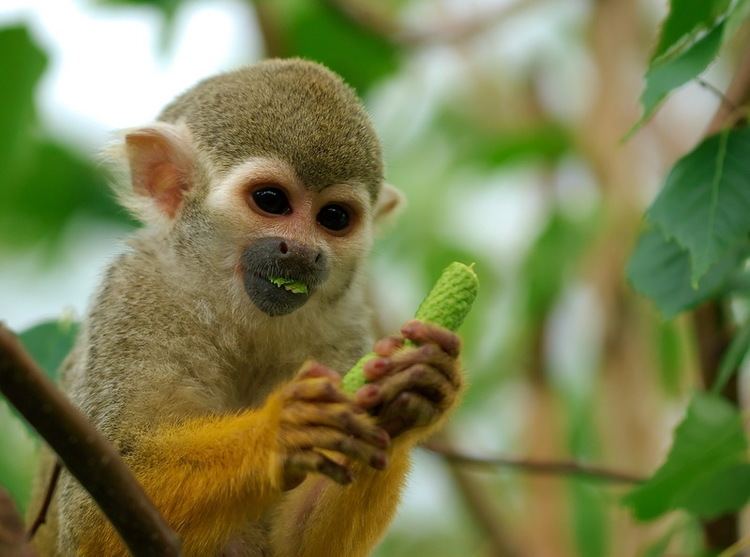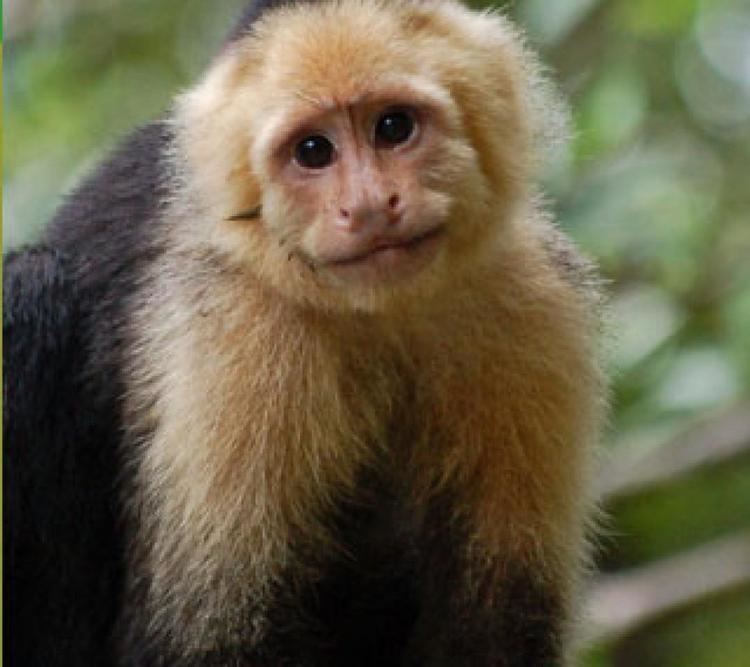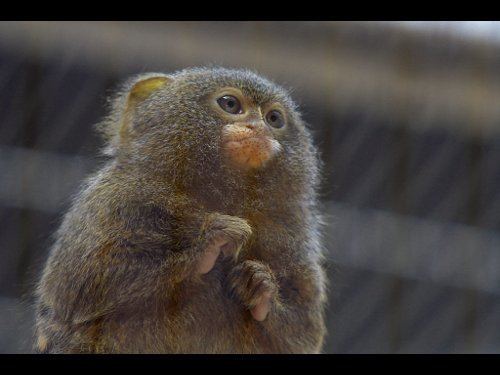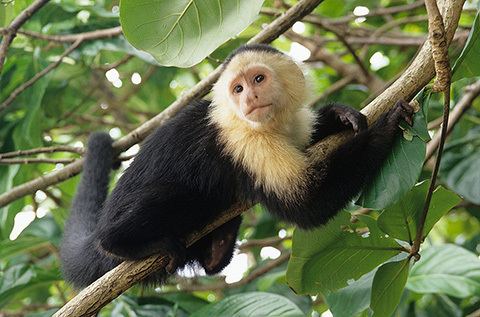Parvorder Platyrrhini Higher classification Ceboidea | Phylum Chordata Scientific name Cebidae Rank Family | |
 | ||
Lifespan White-headed capuchin: 44 years Mass Tufted capuchin: 1.9 – 4.8 kg, White-headed capuchin: 2.9 – 3.9 kg, White-fronted capuchin: 3.4 kg Lower classifications Squirrel monkey, Capuchin monkey, Tufted capuchin, Woolly monkey, Robust capuchin monkey | ||
Old world monkeys vs new world monkeys
The Cebidae are one of the five families of New World monkeys now recognised. It includes the capuchin monkeys and squirrel monkeys. These species are found throughout tropical and subtropical South and Central America.
Contents

Characteristics

Cebid monkeys are arboreal animals that only rarely travel on the ground. They are generally small monkeys, ranging in size up to that of the brown capuchin, with a body length of 33 to 56 cm, and a weight of 2.5 to 3.9 kilograms. They are somewhat variable in form and coloration, but all have the wide, flat, noses typical of New World monkeys. They are different from marmosets as they have additional molar tooth and a prehensile tail.

They are omnivorous, mostly eating fruit and insects, although the proportions of these foods vary greatly between species. They have the dental formula:2.1.3.2-32.1.3.2-3

Females give birth to one or two young after a gestation period of between 130 and 170 days, depending on species. They are social animals, living in groups of between five and forty individuals, with the smaller species typically forming larger groups. They are generally diurnal in habit.
Classification

Previously, New World monkeys were divided between Callitrichidae and this family. For a few recent years, marmosets, tamarins, and lion tamarins were placed as a subfamily (Callitrichinae) in Cebidae, while moving other genera from Cebidae into the families Aotidae, Pitheciidae and Atelidae. The most recent classification of New World monkeys again splits the callitrichids off, leaving only the capuchins and squirrel monkeys in this family.
